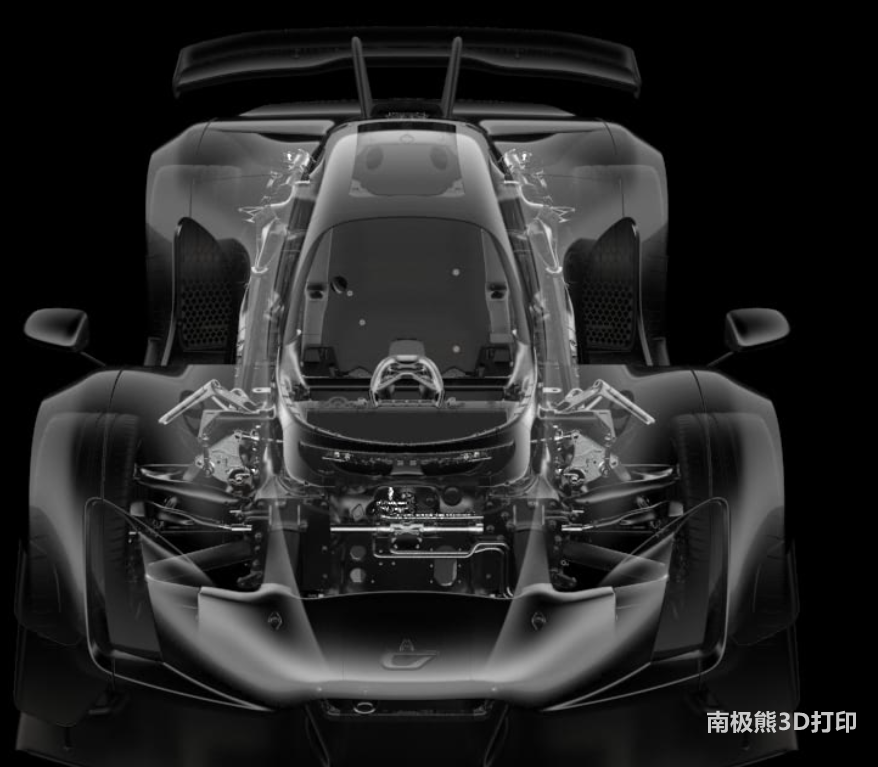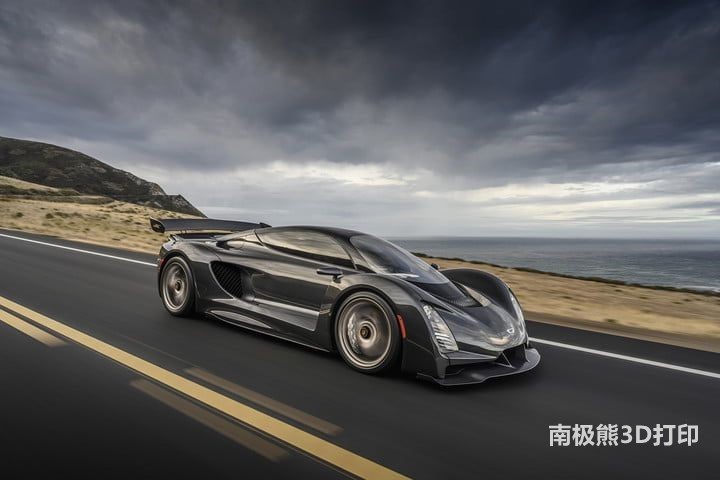

Now, ahead of his keynote address at this year’s Additive Manufacturing User Group (AMUG) conference, AMUG has interviewed him specifically to reveal the potential of DAPS to transform automotive manufacturing.
Czinger said: “DAPS can design, print and assemble fully optimized structures at industrial speeds, and our cars represent the height of this production technology and the business model it supports – factory-free car manufacturing. Utilization of a long-established tradition
mold
and stamping manufacturing methods to automotive manufacturing and fully digital manufacturing. “
Since founding Divergent Technologies in 2014, Czinger has built it into a fully qualified Tier 1 automotive supplier and now provides vehicle chassis and suspension systems to many major OEMs (Original Equipment Manufacturers). Of course, the company’s main business revolves around DAPS, a combined hardware and software solution that replaces multiple vehicle production steps with an all-in-one, modular vehicle manufacturing platform.
Czinger elaborates: “Instead of going straight to 3D printing, we started with a zero-paper approach to digital manufacturing as a system, we looked at the capital, materials,
energy
inefficiencies and design constraints, and built and built a complete end-to-end digital manufacturing system,
Additive manufacturing is one of the integrated subsystems
. We are automating and digitizing the entire system function of design, manufacture and assembly from the ground up, rather than simply integrating the provided solutions into existing manufacturing systems. “

Now, Czinger Vehicles has “embodied” the technology developed by the company, with what it says is its mission to “change the way cars are designed and built for generations to come.” That vision may sound daring, but it’s starting to appear now in the form of the 21C, a $2 million supercar powered by two electric cars and a 2.88L V8 capable of driving in 1.9 seconds Achieving speeds from 0-62 mph.
21C is still in development,
Multiple SLMSolutions-3D Printed Parts Used
, including an Inconel exhaust system and draft shield, with sufficient strength and integrity to withstand extreme speeds. Thanks to its 1,250 hp output and ultra-light weight of 1,200 kg, the sports car is believed to challenge high-performance electric cars such as the Tesla Roadster.
Czinger said a total of 80 of these sports cars will be built, and he not only confirmed that the first deliveries will take place in 2023, but that his company has already taken the supercar to Laguna Seca and the COTA circuit, breaking production car lap records, And stressed that the 21C will have an “ultra-high-performance” successor within the next decade.
(responsible editor: admin)


0 Comments for “Divergent Technologies: 3D printing helps build supercars!”